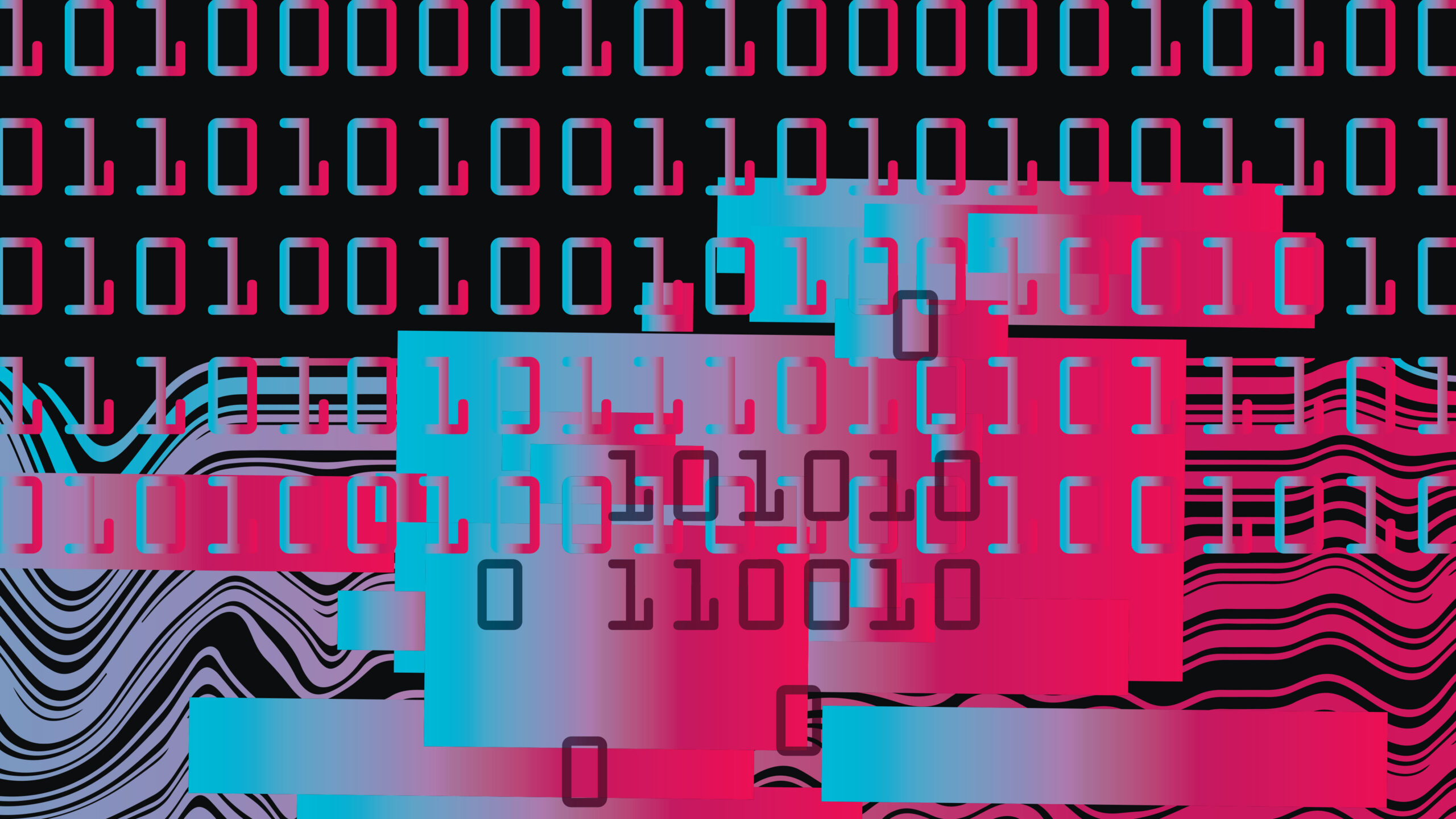2020 has been a year of changes and adjustments, one of which has been the shift towards temporary or permanent remote workforces for organizations across the globe. Not only has this been an adjustment for employees, it has also required adjustments to be made from a technical standpoint to ensure organizations can still operate just as efficiently from the comfort of their own homes.
From network security to virtual team collaboration, employees need technology to get the job done, and artificial intelligence can definitely make an impact on that process.
With employees managing things like confidential documents and customer service calls from home, one key challenge is maintaining and managing compliance when it comes to the security of information. For some organizations, this may mean the capability for AI to use image recognition from an employee’s laptop camera to look for additional people in the room. If additional people are identified, artificial intelligence will force the computer screen to go blank to ensure compliance is being upheld.
Artificial Intelligence can also provide assistance in the form of a desktop assistant, helping at-home customer service workers resolve questions more efficiently. This is especially helpful for new agents who have been onboarded at home and have less customer service experience.
AI can even be useful for the purpose of a task seemingly simple (but sometimes quite time consuming) such as analyzing team members’ packed calendars to find the right time where all members can meet. This includes AI making smart suggestions on how calendars can be restructured to make more free time in employees’ calendars and avoid meeting overlap.
In a time where remote workers may feel isolated or distanced from their team members, it’s important to make sure employees still feel engaged and supported. Artificial intelligence can be used to measure employee wellbeing by evaluating sentiment and interaction analysis from emails and instant messages the employee is sending. The AI technology can recognize if employees are in need of some additional support resources to improve their wellbeing and overall job satisfaction.
As the world has changed, the powers of artificial intelligence have continued to evolve based on current needs of individuals and organizations across the globe.
For more information on how artificial intelligence is disrupting the remote workforce environment, check out this article.







